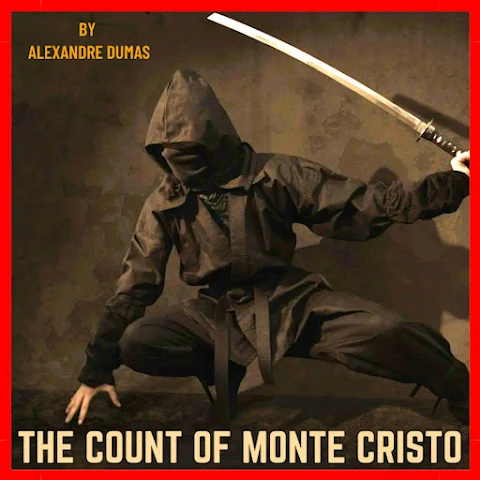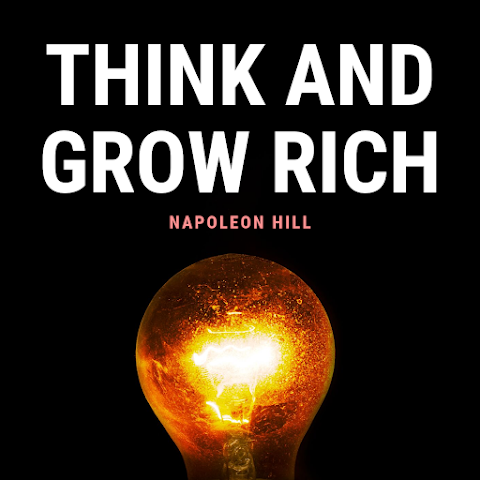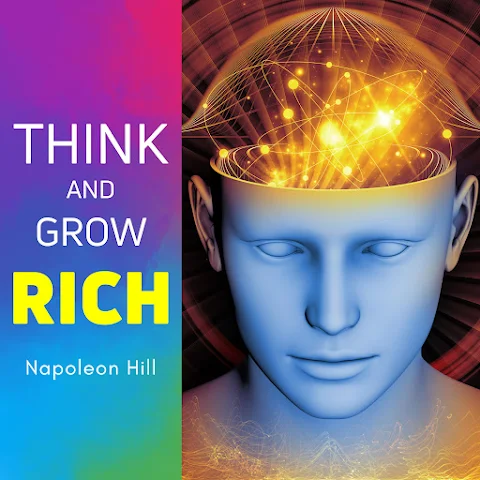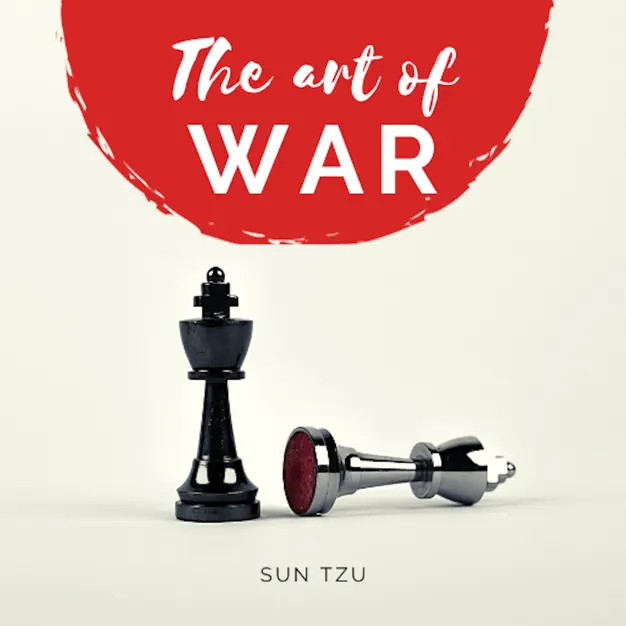Introduction
The Count of Monte Cristo presents one of literature's most intricate webs of relationships, where every character's destiny is inexorably linked to others through bonds of love, friendship, betrayal, and revenge. These complex interconnections drive the narrative and illuminate the novel's central themes of justice, redemption, and the price of vengeance.
Listen to the Emotional Reunion Scene:
Listen on SpotifyPrimary Relationships
Edmond Dantès and Mercédès
At the heart of the novel lies the tragic romance between Edmond and Mercédès, a relationship that epitomizes both lost innocence and the possibility of redemption.
- Initial Romance
- Young love and pure devotion
- Plans for marriage and future
- Shared dreams and aspirations
- Social context of their relationship
- Separation and Transformation
- Impact of Dantès' imprisonment
- Mercédès' choice to marry Fernand
- Evolution of their feelings over time
- Complex emotions upon reunion
"I have always remained faithful to what I loved. Is it my fault that you were arrested?"
The Count and Albert de Morcerf
This relationship represents one of the novel's most complex dynamics, challenging the Count's revenge when confronted with innocent consequences.
- Initial Connection
- The Count's calculated friendship
- Albert's admiration and trust
- Role of mentorship
- Social obligations and expectations
- Crisis and Resolution
- Revelation of true identities
- Conflict between revenge and mercy
- Impact on the Count's moral journey
- Final reconciliation attempts
Valentine and Maximilian
Their pure and devoted love serves as a counterpoint to the novel's darker relationships.
- Development of Romance
- Secret meetings and communications
- Opposition from family
- Loyalty through adversity
- Role in the Count's redemption
- Challenges and Triumphs
- Threats to their happiness
- The Count's intervention
- Ultimate victory of true love
- Symbolic significance
Antagonistic Relationships
The Count and His Enemies
The relationships between the Count and his three main adversaries form the core of the revenge plot.
Fernand Mondego
- Historical Connection
- Initial betrayal of friendship
- Competition for Mercédès
- False testimony against Dantès
- Rise to power and nobility
- Revenge Dynamic
- Exposure of past crimes
- Destruction of reputation
- Impact on family relationships
- Final confrontation and consequences
Gérard de Villefort
- Professional Betrayal
- Abuse of judicial power
- Personal ambition over justice
- Concealment of truth
- Impact on multiple lives
- Complex Vengeance
- Psychological manipulation
- Family destruction
- Moral corruption exposed
- Justice versus revenge
Baron Danglars
- Economic Rivalry
- Initial financial betrayal
- Greed and corruption
- Social climbing ambitions
- Material versus moral wealth
- Financial Retribution
- Manipulation of markets
- Destruction of fortune
- Lesson in humility
- Final mercy shown
Family Relationships
Parent-Child Bonds
The novel explores various manifestations of parental relationships:
- Mercédès and Albert
- Maternal protection
- Truth versus happiness
- Sacrifice and loyalty
- Impact of past secrets
- Villefort and Valentine
- Paternal duty versus ambition
- Neglect and manipulation
- Struggle for independence
- Tragic consequences
Mentor Relationships
Abbé Faria and Dantès
This transformative relationship shapes the protagonist's evolution:
- Educational Impact
- Intellectual development
- Moral guidance
- Strategic thinking
- Life philosophy
- Spiritual Influence
- Religious perspective
- Ethical considerations
- Purpose and destiny
- Legacy of wisdom
Themes in Relationships
Love and Betrayal
The novel explores various forms of love and their vulnerability to betrayal:
- Romantic Love
- Pure versus corrupted love
- Loyalty and sacrifice
- Time's impact on feelings
- Redemptive power
- Friendship
- True versus false friendship
- Trust and betrayal
- Social obligations
- Redemption of bonds
Power Dynamics
Relationships in the novel often reflect complex power structures:
- Social Hierarchy
- Class differences
- Wealth and influence
- Social mobility
- Status and relationships
- Personal Power
- Knowledge as power
- Emotional manipulation
- Control and independence
- Revenge as power
Conclusion
The intricate web of relationships in The Count of Monte Cristo serves as the foundation for exploring the novel's central themes of justice, revenge, and redemption. Through these complex interpersonal dynamics, Dumas examines the human capacity for both good and evil, the consequences of betrayal, and the possibility of redemption through love and forgiveness.
Each relationship contributes to the novel's rich tapestry, demonstrating how individual choices and actions ripple through time to affect not only immediate connections but future generations. The careful examination of these relationships reveals the depth of Dumas' understanding of human nature and his skill in crafting a narrative that continues to resonate with readers across time.



